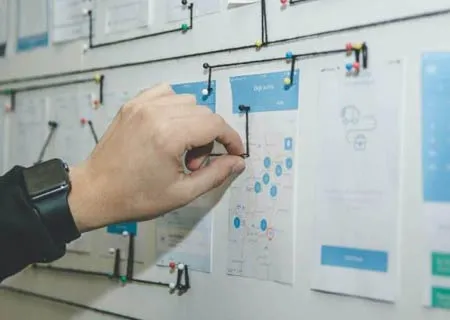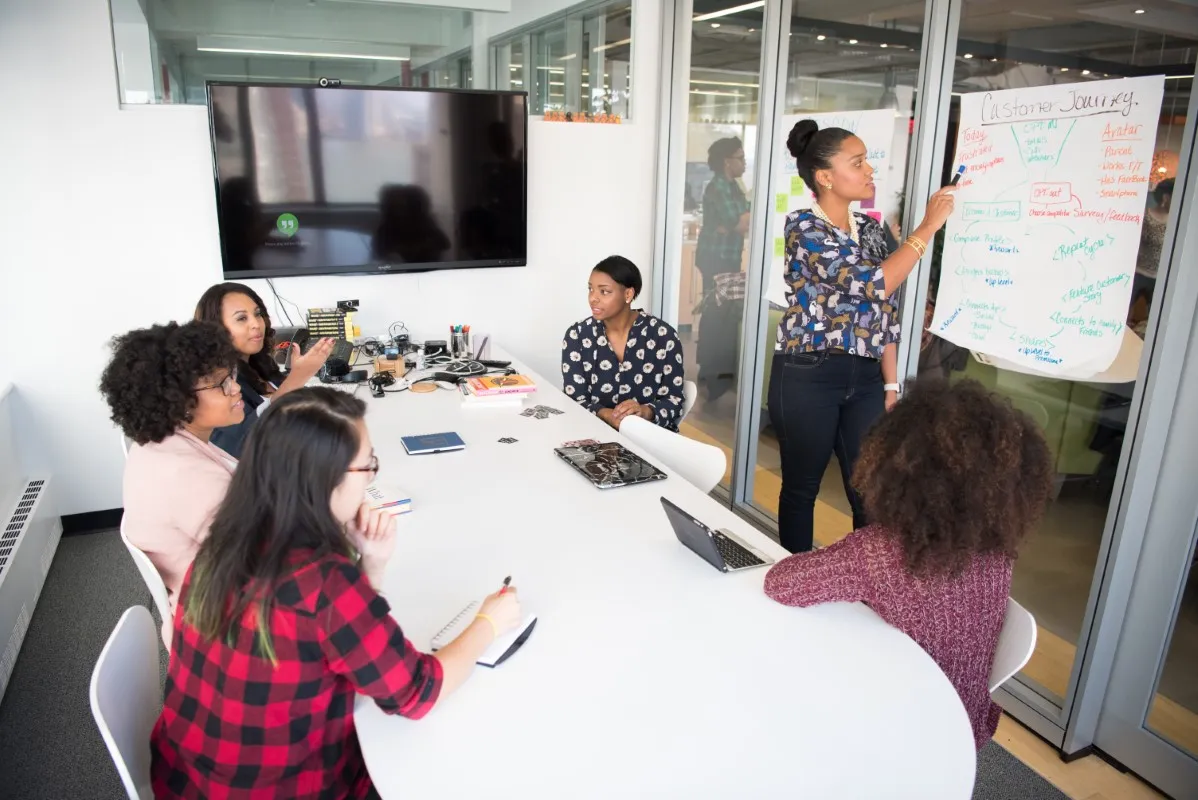It’s easy to feel intimidated about translations if the process is new to you. You might not have a good understanding of the audience you’re trying to reach, and you won’t know if the translation project you have done are good or bad.
People often think that all they have to do is give a document to a translation company and they’ll take care of the rest. But this isn’t how it works.
You need to look at the bigger picture. You need a strategy. You need each translation you do to place your organisation higher up the diversity and inclusion ladder.
This article takes those new to it through the translation process.
First: what do you want translated content to do for you?
- More sign-ups to your programme?
- More memberships?
- To increase awareness of a particular problem?
How can translations help you achieve your goals? Think about translations as part of a long-term strategy to reach your purpose.
Second, let’s talk about money – how much does it cost to have material translated?
Translations are often seen as an expensive way to reach CALD communities. And in some cases that is true. Especially if you want to translate glossy brochures and fancy fact sheets.
But if you are just starting off with a small budget to test the waters, here are some tips to make the translation process as lean and affordable as possible:
- Develop your resource in a Microsoft Office program
Translating in Word/PowerPoint is much cheaper than using graphic design software such as InDesign, Illustrator or Photoshop. The process is also much quicker as the quality control procedures are more streamlined.
- Don’t add images that include text
To translate the text of an image, photo editing software such as Photoshop is needed, which increases costs.
- Avoid Canva for developing your resources
Canva doesn’t support most foreign scripts, so again it is more costly because of the preparatory work needed.
Third, strategy.
It’s important to have a broad organisational translation strategy when preparing your first translation project. Why? Because when it comes to translation, it’s very important to create a solid foundation you can build on.
It’s important to know where you are, where you want to be and map out a translation journey. The quality of your first translation project will set a precedent for future terminology, tone, register and style. Future translations will need to be consistent with your first one, so it’s essential to get it right from the ground up.
Your translation strategy should include:
Glossaries of approved terminology to make sure you always translate terminology the exact same way.
A style guide that dictates how your organisation names other organisations, whether your slogan will be translated and the fonts used for each language.
Your focus languages for the communities you want to target. It’s better to engage with fewer communities but do it well, than do a mediocre job in a lot of languages.
A website that is culturally inclusive across cultures, ages, demographics and abilities will help ensure your organisation is viewed more favourably by visitors. This is essential if your translation project directs people to your website to find out more information.
Understanding Your Target Audience
To plan a successful translation project, it’s important to understand your target audience. Here are some simplified tips to help you:
- Demographics: Know the basic information about your audience, like their age, gender, location, and cultural background. This will help you determine the languages and cultural aspects relevant to them.
- Language Proficiency: Find out how well your audience understands different languages. This will guide you in deciding which languages to prioritize for translation.
- Cultural Sensitivity: Be aware of your audience’s cultural norms, values, and beliefs. This will ensure that your translations are respectful and appropriate for their culture.
- Communication Preferences: Understand how your audience prefers to receive information. Consider whether they rely on digital platforms, social media, or traditional channels.
- Localization: Adapt your content to suit the specific cultural and linguistic context of your audience. This involves considering idioms, humor, symbols, and imagery that resonate with their culture.
- Prioritization: Focus your translation efforts on languages and communities that have the most impact and potential for engagement. This allows you to allocate your resources effectively.
- Feedback and Iteration: Seek feedback from your audience and make improvements based on their responses. This helps you continuously enhance your translations to better meet their needs.
By understanding your target audience, you can create translations that connect with them on a deeper level. This will result in more effective communication and help you achieve your goals with your translated content.
Setting Clear Goals for Your Translation Project
To set clear goals for your translation project, follow these simplified steps:
- Purpose: Determine why you need translation. Are you expanding your audience or improving brand awareness? Clarify the purpose to guide your goals.
- Outcomes: Define the desired results. For example, increasing website traffic or boosting customer satisfaction. Be specific about what success means for your project.
- Measurable Objectives: Set specific, measurable, attainable, relevant, and time-bound (SMART) goals. For instance, aim to increase website traffic by 20% from target language speakers within six months.
- Language Prioritization: If you have multiple target languages, prioritize them based on importance and impact. Set goals for each language separately.
- Quality Standards: Determine the level of quality you expect for translations. Consider accuracy, cultural appropriateness, and adherence to brand guidelines.
- Timelines and Milestones: Create a timeline with key milestones and deadlines. Break down larger goals into smaller tasks for better progress tracking.
- Resource Allocation: Assess the resources needed, including budget, human resources, and translation tools. Ensure you have the necessary support in place.
- Evaluation and Adjustment: Regularly monitor progress, collect feedback, and analyze data. Make adjustments as needed to optimize outcomes.
By following these steps, you establish clear goals that guide your translation project and help you measure its success.
Once you have built your foundation you are ready to start working on your first translation project.
At Sylaba we understand how difficult it can be to translate material for the first time. To help, we have created a set of Covid Response Translation Packages for organisations just starting out on their translation journey. They are designed to become the foundation of your translation strategy so you don’t have to reinvent the wheel with each piece of content.
As part of this we run strategy sessions where we help you work out what’s the best first step, how much can be done with very little and the impact that you can make in underrepresented communities.
Related Posts

Get a quote today
"*" indicates required fields
Subscribe today to receive the latest insights and updates from Sylaba Translations









